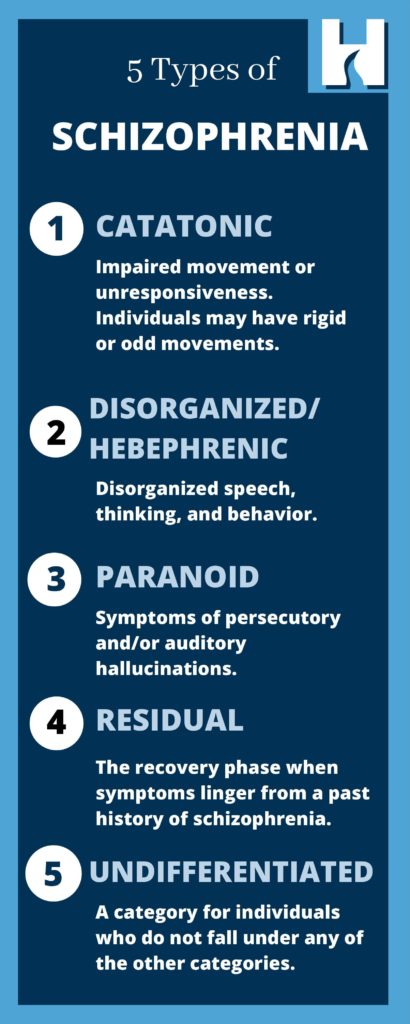A Quick Guide
Schizophrenia is a condition as well as a spectrum of disorders that all lead to symptoms like dissociation from real life, which includes delusions and hallucinations and disorganized thinking, speech, and disorganized or unusual behavior. It also has an impact on a person’s capacity to identify the signs and symptoms of this disorder. Schizophrenia affects approximately 24 million people worldwide, according to the World Health Organization.
What is the schizophrenia spectrum?
In the past, mental health professionals divided schizophrenia into the following subtypes:
- Catatonic
- Disorganized
- Paranoid
- Residual
- Undifferentiated

But that wasn’t a very effective system. Today, specialists refer to all the earlier kinds of schizophrenia as being on a continuum. It is a collection of mental illnesses that are connected and share some characteristics. They interfere with a person’s perception of reality. They alter their thoughts, emotions, and behaviors.
This may lead to poor treatment compliance, which may include failing to take important and effective medicines as advised.
Who is more prone to schizophrenia?
Depending on gender, schizophrenia often begins at various ages. For men, it often begins between 15 and 25, and for women, it typically begins between 25 and 35. Men and women tend to be equally affected by it.
About 20% of newly diagnosed instances of schizophrenia are in adults over 45. Women are more likely to experience these occurrences. In these situations, unpleasant symptoms and interference with thinking and concentration are less severe but the delusion symptoms are stronger.
Although uncommon, schizophrenia in children is possible, especially before the age of 18. But in most of these situations, the severity is extreme. Early onset usually results in a more serious condition that is more difficult to treat.
Despite having a substantial genetic component and possibly running in families, schizophrenia is treatable with therapy and medication.
What are the symptoms of the schizophrenia spectrum?
At least two of the following symptoms are present for at least six months in people with schizophrenia spectrum. Hallucinations, delusions, or disorganized speech must be one of them.
Symptoms include the following:
- Hallucinations are perceiving or hearing unreal objects.
- Delusions are incorrect yet firmly held beliefs that are simple to contradict, such as thinking they have superhuman abilities, are a celebrity, or that others are out to get them.
- Using words and sentences that are unclear to other people is a sign of disorganized speech.
- Strange behavior is unusual or repetitive, such as wandering in circles, writing constantly, or remaining still and silent for extended periods of time.
- Negative symptoms refer to being withdrawn and lifeless such as lacking emotion, drive, or enthusiasm for routine everyday chores.
Watch: [6 signs of Schizophrenia]
What are other related disorders?
The duration of a person’s symptom history and whether they also exhibit indications of a mood illness are what distinguish schizophrenia from some other disorders on the same spectrum.
Schizophreniform
Psychotic symptoms have been present for at least one month but fewer than six months. Schizophrenia frequently develops in those who have this condition. So schizophreniform is often early schizophrenia. However, the symptoms just disappear for roughly one-third of patients.
Schizoaffective disorder
This is a rare, severe, and chronic condition. A person may often have bipolar disorder or major depressive disorder in addition to a mix of psychotic symptoms. They can feel extremely depressed or alternate between being extremely energized, and irritable. For someone to have a schizoaffective disorder, psychotic symptoms must occasionally manifest even when their mood is normal.
Schizotypal personality disorder
Similar to schizophrenia, but with fewer, shorter, and less severe episodes. It is typically possible to help people realize how their distorted perceptions of the world differ from reality.
We hope you found this article useful in learning more about the symptoms and risk factors of the schizophrenia spectrum along with its related disorders.
Check out our other article: Understanding Schizophrenia On A Spectrum-Diagnosis, Treatment & Management


